Product Sans Font is a brilliant choice for a clean, modern, and friendly brand aesthetic. Its geometric yet approachable design ensures excellent readability and a sophisticated feel, making it ideal for tech companies and user interfaces.
Ever felt overwhelmed by font choices for your brand or next project? You’re not alone! Picking the right typeface can make a world of difference, but the sheer volume of options is dizzying. Many digital products battle with unclear text or designs that feel a bit dated. But what if there was a font that offered both clarity and a contemporary charm? That’s where Product Sans Font shines. It’s a fantastic font that strikes a beautiful balance. Get ready to discover why this simple, yet sophisticated font might be the perfect fit for your creative needs!
Understanding the Genius of Product Sans Font

Product Sans is more than just a pretty typeface; it’s a carefully crafted tool designed to enhance user experience and brand identity. Developed by Google for its own internal use and later adopted by many other forward-thinking brands, it embodies a philosophy of simplicity, clarity, and warmth often associated with great product design.
Its origins are rooted in the desire for a font that felt both modern and human. Think about the best digital experiences you’ve had – they’re often seamless, intuitive, and visually pleasing. Product Sans aims to contribute to that feeling through its typography. It’s a typeface that doesn’t shout for attention but whispers confidence and usability.
The Design Principles Behind Product Sans
The “genius” of Product Sans lies in its adherence to fundamental design principles, executed with remarkable precision. Let’s break down what makes it so special:
- Geometric Foundation: At its core, Product Sans is a geometric sans-serif. This means its letterforms are built largely from simple geometric shapes like circles, squares, and triangles. This gives it a clean, organized, and modern look.
- Humanist Touches: While geometric, it’s not rigidly mechanical. Subtle humanist influences, like slightly varied stroke widths and less mathematical perfection in curves, give it a warmer, more approachable feel. This prevents it from feeling cold or uninviting.
- Open Counterforms: The open spaces within letters (like the ‘o’ or ‘e’) are generously sized. This is crucial for legibility, especially at smaller sizes on screens. It prevents letters from blurring together, ensuring that text remains crisp and easy to read.
- Balanced Letter Widths: The characters are generally well-balanced in width, which contributes to an even flow of text. This means words don’t look stretched or compressed, leading to a more comfortable reading experience.
- Optimal X-Height: The x-height (the height of the lowercase ‘x’) is relatively large. A larger x-height generally improves readability, as it makes the internal spaces of letters more prominent.
These design choices combine to create a font that is incredibly versatile. It’s clear enough to be used in complex user interfaces where every pixel counts, yet stylish enough to make a statement on a website or in branding materials.
Why Product Sans Font is a Smart Choice for Branding

In the competitive landscape of branding, a font is a powerful communication tool. It sets the tone, conveys personality, and influences perception almost instantly. Product Sans offers a compelling package for businesses looking to establish a strong, positive brand identity. Imagine a brand that wants to be seen as innovative, user-friendly, and trustworthy. Product Sans fits this narrative perfectly.
Many successful tech companies leverage similar sans-serif fonts to convey these very qualities. Google itself uses variations of Product Sans across its vast ecosystem, demonstrating its effectiveness in conveying a singular, cohesive brand voice. The font’s unobtrusive nature allows the content and the overall brand message to take center stage, rather than the typeface itself demanding undue attention.
Key Advantages for Your Brand
- Modern & Premium Feel: The clean lines and geometric structure give brands an immediate sense of being current and sophisticated.
- Exceptional Readability: In an age of digital-first experiences, ensuring your text is easy to read on any device is paramount. Product Sans excels here.
- Versatility Across Platforms: Whether for a mobile app interface, a corporate website, marketing collateral, or even product packaging, Product Sans adapts beautifully.
- Friendly & Approachable Tone: The subtle humanist touches soften the geometric rigor, making the brand feel more human and less corporate.
- Timeless Appeal: While modern, its design principles are classic enough to avoid feeling trendy or quickly outdated.
Consider the impact on your target audience. A font that is easy to read and pleasant to look at creates a positive user experience. This can translate into longer engagement times, better comprehension of your message, and a generally more favorable impression of your brand. It’s about building trust through clear, consistent, and aesthetically pleasing communication.
Where to Use Product Sans Font: Real-World Applications
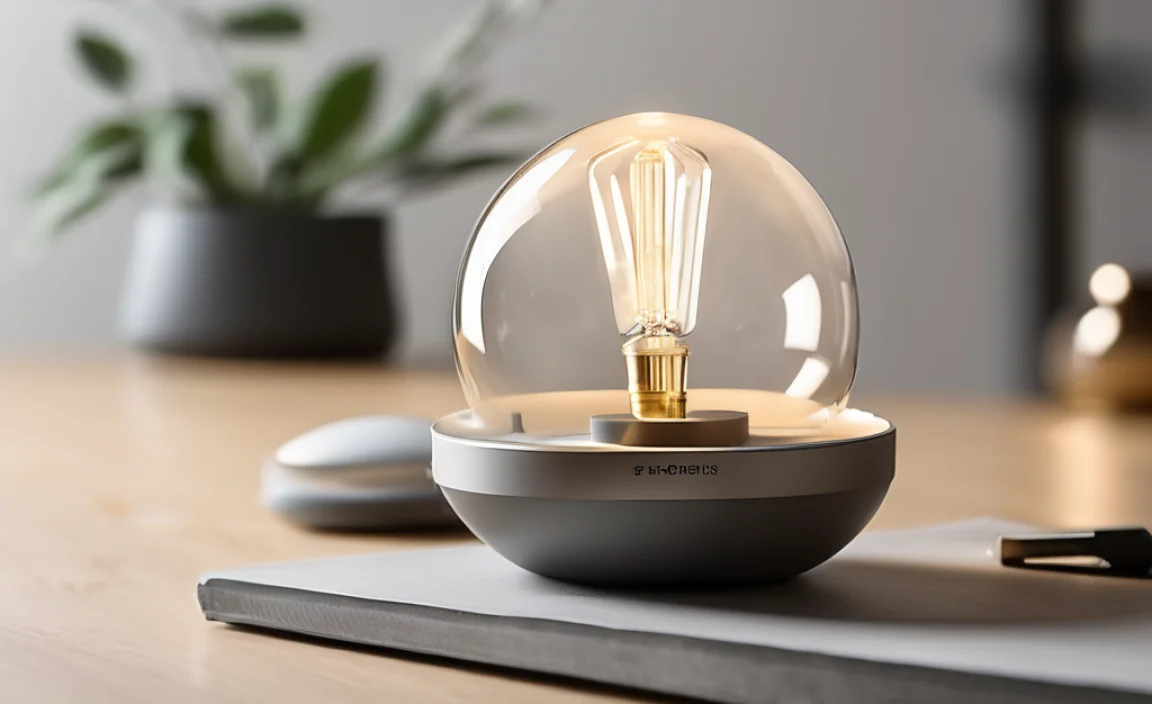
The flexibility of Product Sans means it’s not confined to a single use case. Its design makes it a go-to for a variety of applications where clarity and modern aesthetics are key. Let’s explore some of the most effective places to deploy it:
Digital Interfaces and UI Design
This is arguably Product Sans’s home turf. Its legibility at small sizes, clean shapes, and open counters make it ideal for buttons, menus, labels, and body text in applications and websites. Designers often pair it with slightly bolder weights for headings to create visual hierarchy.
For example, when designing a dashboard for a new software product, Product Sans ensures that all the data points and navigation elements are easily discernible, even on smaller screens. Its slightly wider letterforms can also help spread out text, reducing the need for excessive line breaks and improving the visual rhythm of the interface.
Brand Logos and Identity
While Product Sans itself might not be the most unique font for a primary logo (as it’s quite popular), its influence is seen in many modern logos. Brands often use custom wordmarks inspired by its principles or choose Product Sans for secondary branding elements. It can be an excellent choice for a wordmark where simplicity and recognizability are paramount.
A tech startup aiming for a clean, approachable image might use Product Sans for its company name in its logo, conveying innovation and user-friendliness without overt stylistic flourishes. For more complex logos, it could be the font used for the company tagline or descriptive text, ensuring it complements a more distinctive primary logo.
Marketing and Advertising Materials
Product Sans is perfect for brochures, social media graphics, website banners, and email newsletters. It brings a sense of professionalism and modern polish to any marketing piece. Its clarity ensures that campaign messages are easily absorbed by the audience.
Imagine a sleek brochure for a new gadget. Using Product Sans for headings and body copy would maintain a consistent, sophisticated look that aligns with the product’s image. The font’s inherent readability means that even dense information about features or specifications can be presented in an accessible way.
Website Copy and Content
For blogs, e-commerce sites, or corporate websites, Product Sans offers an excellent reading experience for long-form content. It’s a great alternative to default system fonts when you want a more curated and branded feel. It conveys authority and approachability simultaneously.
A personal blog about design or technology could use Product Sans to write articles. The font’s clean aesthetic resonates with creative and tech-focused audiences, making the content itself more inviting and easier to consume. The consistent character spacing helps maintain a comfortable reading rhythm, reducing eye strain.
Presentations and Reports
When creating slides for a presentation or compiling a corporate report, a typeface that is easy to read from a distance (for presentations) and in dense text (for reports) is essential. Product Sans delivers on both fronts.
In a business presentation, Product Sans ensures that bullet points, charts, and key takeaways are clear and legible to everyone in the room. For a lengthy annual report, its readability minimizes cognitive load, allowing readers to focus on the information rather than struggling with the text.
Comparing Product Sans to Similar Fonts

To truly appreciate Product Sans, it helps to see how it stacks up against other popular fonts in the geometric and humanist sans-serif categories. This comparison will highlight its unique strengths and nuances.
| Font Name | Key Characteristics | Best For | Product Sans Comparison |
|---|---|---|---|
| Product Sans | Geometric base, humanist warmth, open counters, high x-height, excellent readability. | UI/UX, branding, digital content, modern applications. | Strikes a balance between rigid geometry and friendly approachability, excelling in UI clarity. |
| Google Sans (Product Sans’s public sibling) | Very similar to Product Sans, with slight adjustments for broader use and display. | General branding, web, UI. | Google Sans is often a slightly more accessible public version, but Product Sans is designed with deeper UI considerations. |
| Montserrat | Geometric sans-serif, inspired by old posters and signs from the Montserrat neighborhood. Strong, geometric forms. | Headings, display text, modern branding. | Montserrat can be more overtly geometric and sometimes bolder, while Product Sans aims for a softer, more rounded feel that aids readability. |
| Lato | Humanist sans-serif defined by its semi-rounded details and a feeling of warmth. Structured but friendly. | Body text, web, branding. | Lato leans more towards humanist qualities, offering a softer texture. Product Sans has a stronger geometric underpinning while still feeling friendly. |
| Roboto | Neo-grotesque sans-serif, optimized for readability across a wide variety of screens and devices. Developed by Google. | Extensive UI/UX, Android apps, web. | Both are Google fonts focused on screen readability. Roboto is more neo-grotesque, often perceived as more neutral or utilitarian, whereas Product Sans offers a bit more personality and geometric sophistication. |
| Open Sans | Humanist sans-serif with a friendly demeanor and excellent legibility in various mediums. | Web, body text, interfaces. | Similar to Lato, Open Sans is very approachable. Product Sans provides a more distinctly modern and geometric feel, often perceived as sleeker. |
The key differentiator for Product Sans is its masterful blend of geometric structure with just enough humanist touch to make it feel welcoming. This “sweet spot” makes it exceptionally well-suited for applications where users interact with information for extended periods. While other fonts might excel in being purely geometric or purely humanist, Product Sans finds a unique and effective center.
Finding and Implementing Product Sans Font

Product Sans is a proprietary font, primarily associated with Google. This means you won’t find it freely downloadable on every font website like some other popular typefaces. However, understanding its origin and how it’s typically accessed can help you use it appropriately.
Accessing Product Sans
Officially, Product Sans is a custom font developed by Google. It’s used extensively across Google’s products and branding. For external use, Google has released a very similar, publicly available font called Google Sans (which was previously known by internal names similar to Product Sans but is now more distinct). Google Sans is designed to capture the essence and usability of Product Sans for broader application.
Many designers consider Google Sans to be the closest publicly accessible alternative that carries the same design philosophy. You can often find it integrated into design tools or available through Google’s font resources.
For projects where you might be working with a brand that has licensed Product Sans specifically (which is less common for external designers), you would typically receive the font files directly from the brand or their agency.
Implementation Tips for Designers
- Font Weights: Product Sans (and Google Sans) typically comes in a range of weights (e.g., Light, Regular, Medium, Bold). Use these to create a clear typographic hierarchy on your website or in your designs. A bold weight for headings and a regular weight for body text works well.
- Ligatures: Some fonts, including certain versions of Product Sans or fonts with similar design, might offer ligatures (special combined characters for letter pairs like ‘fi’ or ‘fl’). While common in print, they are less critical for UI and might sometimes be disabled for performance or consistency in digital interfaces. Check your software’s settings.
- Pairing: While Product Sans is versatile, pairing it with a complementary font can add depth. For example, you might use a serif font for a website’s editorial content if you want a more traditional feel, or another sans-serif with a different personality for secondary elements. However, for a clean, minimalist look, sticking with variations of Product Sans or Google Sans throughout is often effective.
- Testing on Different Devices: As with any font, always test Product Sans or Google Sans on various screen sizes and resolutions. Its excellent legibility should ensure it performs well, but it’s always good practice to verify.
If you are exploring alternatives and want that Product Sans feel, look for other modern geometric sans-serifs with open counters and a good x-height. Resources like Google Fonts offer a vast library where you can find similar styles. For instance, fonts like ‘Outfit’, ‘Archivo’, or ‘Lexend’ share some of Product Sans’s characteristics of clarity and modern geometry, offering a wealth of options for your design toolkit.
Frequently Asked Questions About Product Sans Font
What is Product Sans Font?
Product Sans is a modern, geometric sans-serif typeface developed by Google. It’s designed for exceptional clarity, readability, and a friendly, approachable aesthetic, making it ideal for digital interfaces, branding, and user experiences.
Is Product Sans free to use?
Product Sans is a proprietary font primarily used by Google. While it’s not freely available for general download and use like many other fonts, Google offers a very similar and publicly accessible font called Google Sans, which embodies the same design principles and is widely available.
Where can I find Google Sans font?
Google Sans is integrated into many Google products and design tools. You can also find it and many similar fonts on Google Fonts, which is a fantastic resource for web designers and creatives.
What makes Product Sans so readable?
Its readability comes from several design features: a large x-height, open counterforms (the spaces inside letters like ‘o’ or ‘e’), balanced letter widths, and a clean, geometric structure softened by subtle humanist touches, preventing it from feeling too rigid.
Can I use Product Sans for my logo?
While Product Sans itself is widely recognized and thus perhaps not the most unique choice for a primary logo, its design principles heavily influence many modern logos. You could use a custom wordmark inspired by its style, or use it for taglines and secondary text within a logo system. Ensure proper licensing if using the exact font.
What are good alternatives to Product Sans font?
Excellent alternatives that share similar characteristics include Google Sans (the most direct alternative), Montserrat, Lato, Roboto, and Open Sans. These fonts offer varying degrees of geometric structure, humanist warmth, and readability.
When should I choose Product Sans over other fonts?
Choose Product Sans (or Google Sans) when you need a typeface that is modern, clean, highly readable, and conveys a sense of innovation and user-friendliness. It’s particularly strong for UI/UX design, digital branding, and any project where clear communication on screens is paramount.
Conclusion: Embracing Clarity and Warmth with Product Sans
Product Sans Font represents a triumph in modern typeface design, masterfully balancing geometric precision with humanistic warmth. It’s a font that doesn’t just convey information; it enhances the experience of interacting with it. Its genius lies in its ability to be both sophisticated and accessible, making cutting-edge technology and complex data feel intuitive and friendly.
Whether you’re a seasoned designer crafting an app interface, a business owner looking to define your brand’s digital presence, or a student delving into the world of typography, understanding fonts like Product Sans is invaluable. It serves as a powerful reminder that thoughtful design, down to the smallest character, plays a critical role in how messages are received and how brands connect with their audience.
While Product Sans itself might be exclusive, its spirit lives on in its close relatives like Google Sans and the countless other typefaces that draw inspiration from its principles. By appreciating its design philosophy and strategic application, you can make smarter font choices that elevate your own creative projects, ensuring they are not only visually appealing but also remarkably effective and user-friendly. Happy designing!


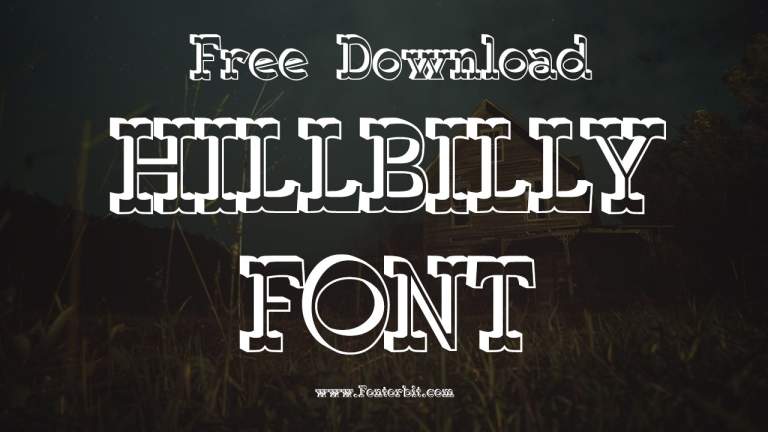

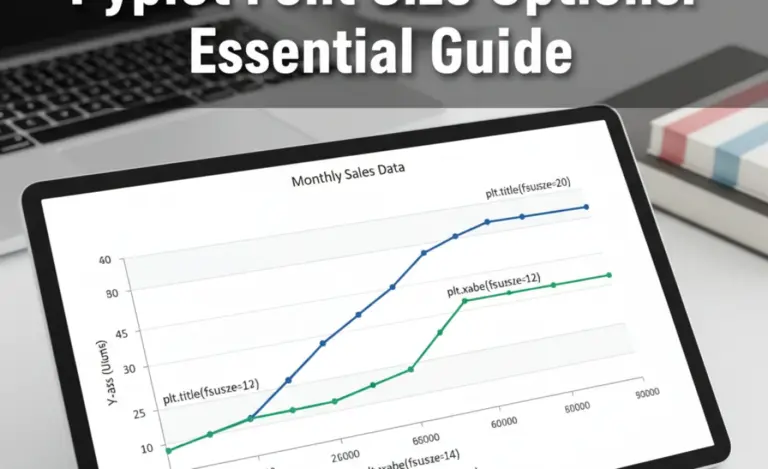
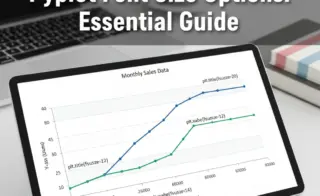
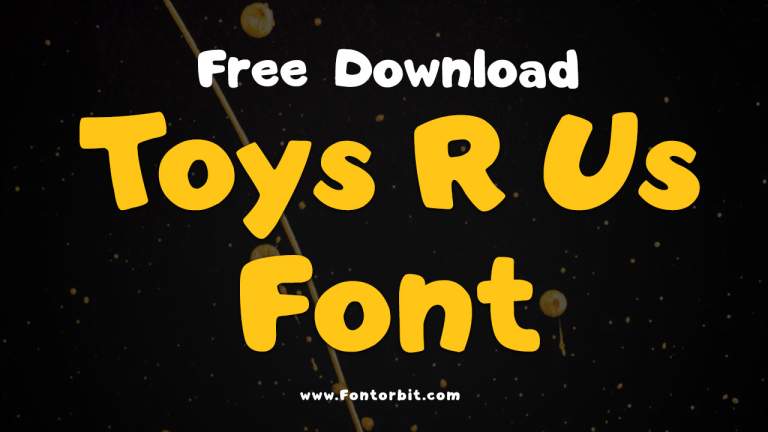
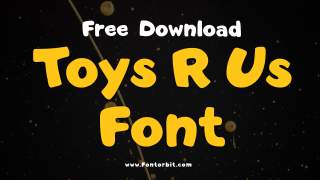


Leave a Comment